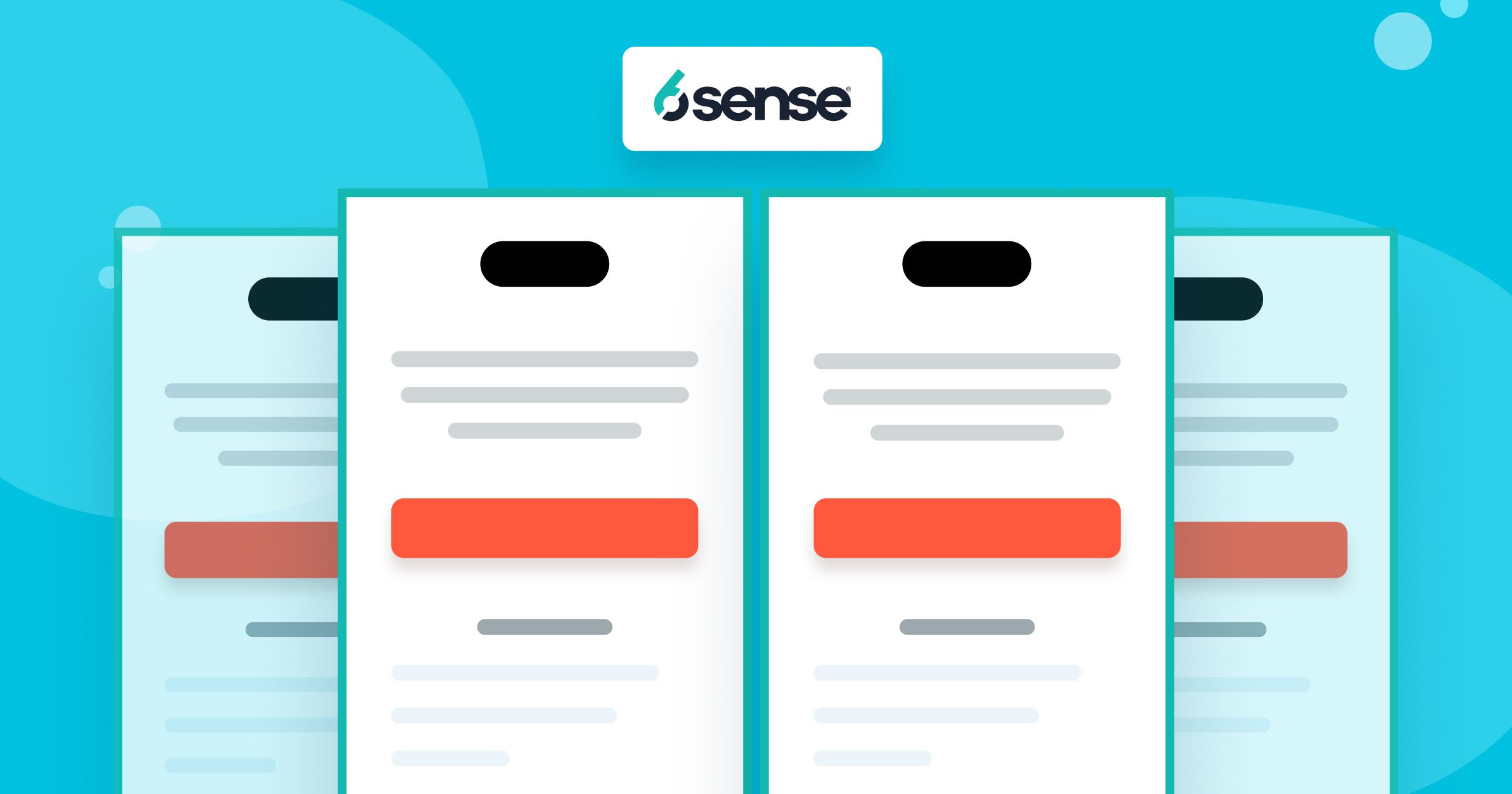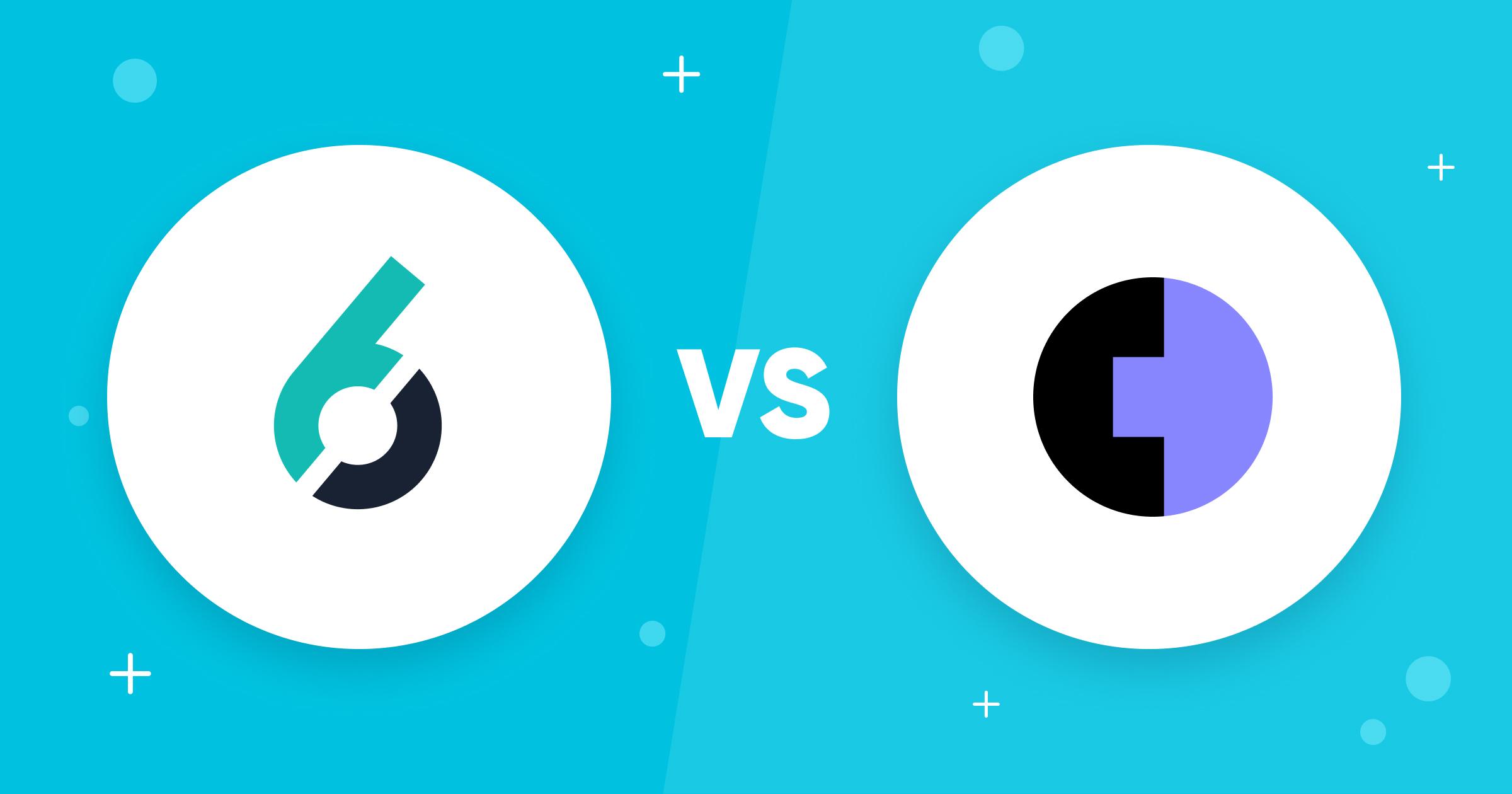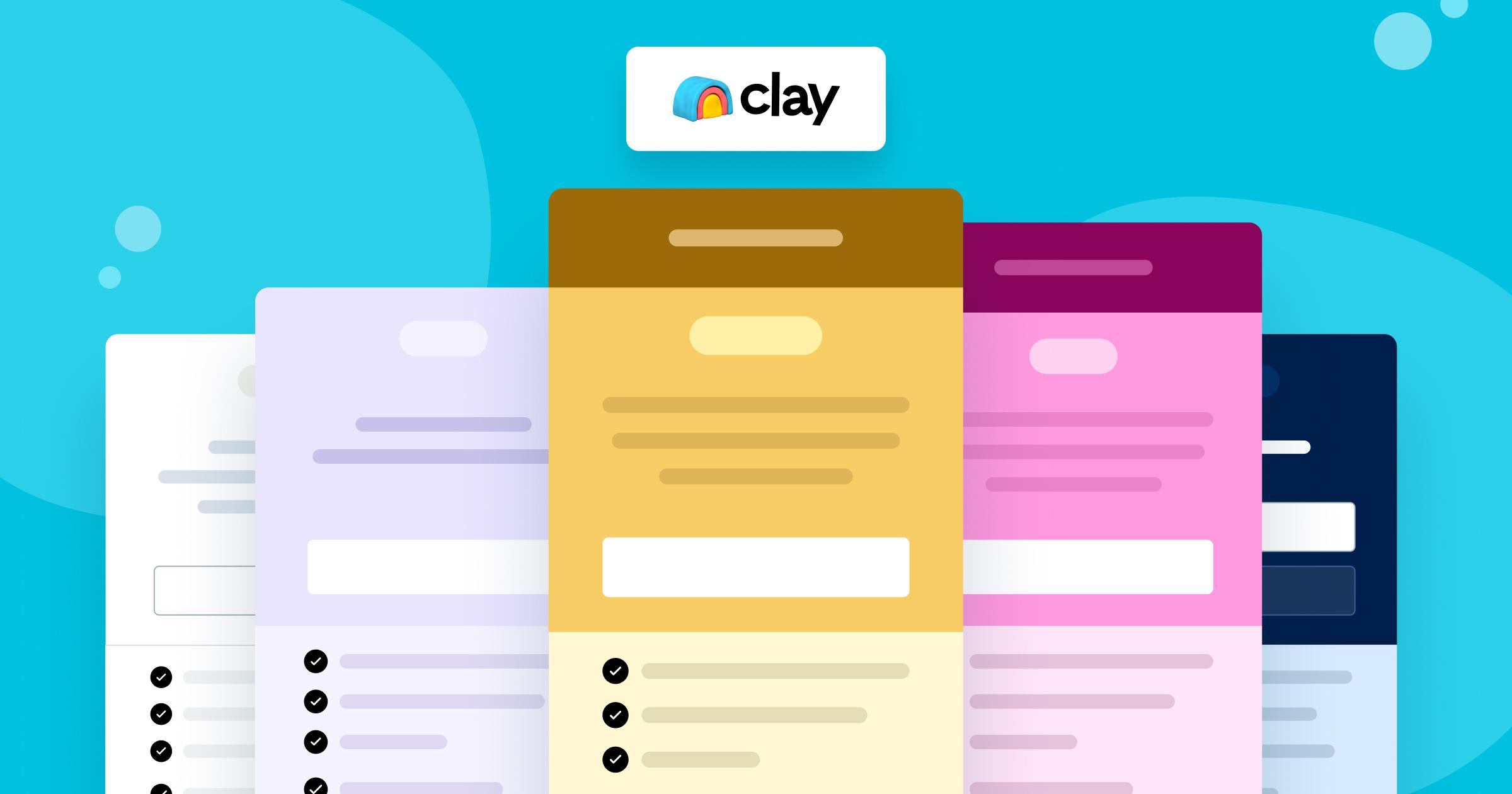Lead qualification is key to ensuring you spend time on the right leads. In a world that keeps moving faster and faster, it’s incredibly important to decide which leads you should pursue and which ones you should let go of.
Why?
If you spend time on leads that won’t convert, someone else will snatch the leads away that will.
So what is lead qualification? And which lead qualifications are the best ones for you?
What Is Lead Qualification?
Lead qualification is the process of organizing your potential customers in order of their likelihood to purchase. That way, you can prioritize clients that are more likely to finalize a purchase, such as the ones that have already engaged with your sales team and given you a positive response.
Since this step comes right after your lead generation, your tools have already done their jobs and gotten you potential leads.
The first step of lead qualification is collecting your leads—all the way back to your inbound strategy. You receive information from potential clients via email subscriptions and social media engagement. Then you can decide if each client fits your ideal customer profile.
If they do, the next step is engagement with the lead via email or phone call. You’ll use this engagement to determine the lead’s needs and budget.
Finally, once the lead is fully qualified for your product or service, you can decide whether to tailor a proposal for them or go after a different lead.
Depending on your needs, your acquiring and qualifying lead process can change to fit your company better. The better your lead providers are, the faster the lead qualification will be.
Traditional Lead Qualification Methods
The following section details the six main lead qualification methods, including how they work and the pros and cons you need to consider to determine if they’re right for you…
BANT
BANT was developed by IBM. It’s so simple and adaptable that it’s often considered the default lead qualification method.
Here’s how it works:
- Budget: Is the potential client capable of completing a purchase?
- Authority: Is your contact the right person to complete a purchase for the company they represent?
- Need: Which of the client’s needs can you alleviate?
- Timeline: When can your lead complete the sales process?
These four simple questions are great ways to qualify a lead and make sure they’re a good fit for you as a client.
BANT Pros and Cons:
So what are BANT’s best and worst qualities?
Pros:
- Simplicity
- Ease of use and implementation
- Proven track record
Cons:
- Some companies prefer a quotation instead of finding a “budget.”
- The process is slower and hasn’t been updated for fast-moving companies.
- It works better as a mindset than a checklist.
- It doesn’t address clients with unknown needs.
- It doesn’t address multiple stakeholders.
So what if you want an approach to lead qualification that focuses on solving client needs?
CHAMP
CHAMP is a lead qualification method that focuses more on acquiring qualified leads with the right needs (even if those leads aren’t aware of them).
CHAMP stands for:
- Challenge: Which solutions can you provide to your clients?
- Authority: Who should you speak to at their company to make a sale?
- Money: How much do your clients need to invest?
- Prioritization: When should you start implementing the solution?
By focusing on a lead’s needs instead of their budget, you can prioritize potential customers based on your ability to fulfill them. This tactic can be very useful when you need to properly explain why you’re the best solution to their needs and show them how you’ll alleviate them.
CHAMP Pros and Cons:
So when should you use CHAMP?
Pros:
- Emphasizes your client’s needs.
- Can qualify leads who are unaware of their needs.
Cons:
- It’s slower than BANT.
- You have to determine the ROI.
ANUM
ANUM is one of the alternative lead qualification frameworks to BANT that allows you to prioritize speaking to the right person from the get-go.
ANUM stands for:
- Authority: Are you speaking to someone who can make a purchase?
- Need: What needs does the lead have that you can fulfill?
- Urgency: How soon can you fulfill those needs?
- Money: How much of an investment would your clients need to make for you to fulfill their needs?
This lead qualification framework puts the need to talk to the right person upfront. Unlike the BANT method, the urgency step means the sales reps are more interested in how significant the lead’s problems are. That way, the sales reps can engage the lead through the right marketing and sales strategies.
ANUM Pros and Cons:
What are ANUM’s best and worst qualities?
Pros:
- You’ll get faster returns by speaking with the right person from the beginning.
- It’s perfect for fluctuating budgets.
- It’s perfect for prioritizing client needs.
Cons:
- It isn’t ideal for clients who lack experience with your solution.
- It doesn’t properly qualify clients who haven’t decided they need to purchase.
Like BANT, the ANUM sales qualification process focuses on clients who know you need them to make a purchase. However, ANUM focuses more on a client’s needs and getting the right person on the phone rather than on their budget.
FAINT
Advocated by the RAIN Group, FAINT caters to leads who aren’t necessarily ready to buy but are willing to buy if the need arises. Therefore, FAINT doesn’t correlate the lead’s budget with their sales qualification.
Here’s how FAINT works:
- Funds: Can the lead make a purchase if they need to?
- Authority: Are you speaking to someone who can make a purchase?
- Interest: How can you generate the right interest for the lead to make a purchase?
- Need: How can you position your solution as the right one for your client’s needs?
- Timing: When can the client complete the purchase?
Here, “Funds” doesn’t ask for the amount the client has allocated to purchases. Instead, this step requires the client to be capable of completing a purchase, even if they don’t have a budget ready to solve their issue yet.
FAINT Pros and Cons:
Where does FAINT succeed and fail?
Pros:
- It’s a streamlined solution for solving needs.
- It’s perfect for new customers who are unaware of their needs.
- It allows for a better, more customized sales pitch.
Cons:
- It isn’t ideal for clients who already know what they need.
- It’s time-consuming, as preparing a sales pitch may not lead to a sale.
FAINT allows you to focus on a client’s needs and tailor a solution to them, even if they don’t have a special budget to solve them. When selling novel solutions, this flexibility makes it a great way to capture new customers.
GPCTBA/C&I
Developed at HubSpot, GPCTBA/C&I is a great (although long) solution for responding to clients with changing behaviors. It qualifies buyers by increasing their awareness of how your solution can meet their needs.
Here’s what it stands for:
- Goals: What are your lead’s overall goals?
- Plans: How are they planning to achieve these goals?
- Challenges: What obstacles stand between your leads and their goals?
- Timeline: When do they need to achieve these goals?
- Budget: How much would they need to invest? How would that improve their current situation?
- Authority: How will you discuss the stakeholders’ goals, needs, and budget?
- Negative Consequences and Positive Implications: What could the negative outcomes be if your solution can’t meet the client’s goals? And what could the positive implications be if it does?
This detailed sales qualification process is Hubspot’s response to a new, more dynamic buying process.
GPCTBA/C&I Pros and Cons:
When should you use GPCTBA/C&I?
Pros:
- Accounts for multiple stakeholders.
- Focuses on the lead’s goals (instead of their needs) to assess their current plans.
- Allows the salesperson to gather more information for better proposals.
Cons:
- It’s too thorough for fields with simpler needs.
- The increased amount of information can cause misinterpretation.
- Before pitching the solution, the salesperson must fully understand another business’s goals, needs, and challenges.
As you can see, GPCTBA/C&I is incredibly thorough and better for sales needing integrated personalized solutions. However, your sales and marketing teams don’t need such a detailed lead qualification, so it’s not among the most popular lead qualification frameworks.
MEDDIC
Pioneered by Jack Napoli at PTC, MEDDIC is a lead qualification framework that requires the salesperson to understand the lead’s purchasing process to get someone in the company to sell your solution.
Here’s how MEDDIC works:
- Metrics: How much money will your solution make or save for your lead?
- Economic Buyer: Who has purchasing power?
- Decision Criteria: How does the company decide what to purchase?
- Decision Process: How does the company handle a purchasing decision?
- Identify Pain: What need can you fulfill?
- Champion: Who can help you sell your product or service inside the company?
As GPCTBA/C&I focuses on gathering the largest amount of information related to your lead’s needs, MEDDIC focuses on gathering the largest amount of information about your lead’s purchasing process.
MEDDIC prioritizes the evaluation of its purchasing process. The more you understand it, the better you can sell to them (regardless of what your solution might be).
MEDDIC Pros and Cons
When is MEDDIC the right lead verification framework for you?
Pros:
- It’s a great way to understand a lead’s likelihood to buy fully.
- It increases your knowledge of your client’s buying process.
- It’s great for solutions with high prices.
Cons:
- It can be hard to manage information without the right software.
- It requires someone to pitch the solution from inside the company.
- It doesn’t place as much focus on your lead’s needs.
The MEDDIC solution is one of the best sales qualification processes out there. It focuses on getting the right information to your salespeople. Specifically, it shows your sales and marketing team how your leads make purchases and how to use that information to get them to purchase from you.
With all of that information, a sales pitch can be perfect for one lead, but it could be completely different from a pitch to another company with the same need.
How Does an Automated Lead Qualification Process with Data Enrichment and Lead Scoring Work?
Data enrichment is a powerful tool that will allow you to add value to your sales force. It’s a method for structuring and refining the information you need on your leads and evaluating which information you need.
What Components Do You Need to Evaluate?
Company and personal attributes
It’s critical to get to know the company you’re evaluating. Then you can develop a proper pitch meeting, and you may even decide that you don’t want to pitch your solution in the first place.
Closely examine the following:
- Company’s mission, vision, and value: How does your lead’s company “personality” fit with the solution you’re proposing? For example, your solution may be very tech-forward, but your lead’s company relies more on classically proven principles.
- Company’s culture: What kind of culture does the company try to foster among its employees? This examination would give you insight into the tone your solution and proposal should strive for.
- Company’s size: How many people do they employ? How many branches do they have? How much is the company worth?
- Location: Where are their branches located? Is there a time difference? Is there a cultural difference?
- Industry: What do they sell? How much do they sell? Which companies do they do business with? What do these companies have in common?
- Reasons why your lead will or won’t buy: What could sway their decisions one way or the other based on their characteristics? What kind of solution are they looking for?
When you call someone, remember you’re not just selling a great solution tailored to their company. You also have to convince the person you’re selling to. That’s why you should also know:
- Who you’re supposed to talk to: If that information isn’t available on their website, you can usually use LinkedIn to find out who’s in charge of purchasing.
- Their department: Is there a general purchase department or a department specializing in your solution? If no one is specifically in charge of purchasing, which department will you pitch to?
- Their experience and background: Once you find the right person to talk to, check their LinkedIn and Twitter accounts. Then you should be able to find out what they’re like and what public persona they want.
- Other people you may want to talk to: Is the person you’ll reach the only person you should be talking to? Is someone above them or at the same level interested in your solution?
Although these may seem like many questions, you don’t need to delve into the answers too deeply. To build an accurate profile, you need to know your way around these answers.
Behavior Information
Your lead’s behaviors and activities are key to determining when to pull the trigger on your sales pitch. If you want to know when your salespeople should act, you need to examine your lead’s behavior closely.
Here are a few things you should check:
- Landing page clicks: Pay close attention to how your leads interact with your landing pages. What are they interested in? Where does the traffic go?
- Time spent on landing pages: Users should spend 2-3 minutes on a landing page. How long are your users spending on yours? Is it enough? How can you make your landing page more enticing?
- Bounce rate: Remember, the purpose of a landing page is to get your user to buy. If your bounce rate is high, people aren’t interested in what you have to sell. How can you improve your copy and presentation?
- Email behavior: How many opens do you get? What’s your click-through rate? How many of those users end up converting?
Call Information
Before, during, and after a call, you need to gather the right information from these topics:
- Authority: As every lead qualification process tells you, you’re wasting your time if you talk to the wrong person. So before calling, ensure you’re calling the right person, and confirm this information as soon as you get someone on the phone.
- Potential needs: Your sales lie in your leads’ needs. Which pain point can you alleviate? Are they aware of these pain points? Which product or service are they using to solve it?
- Potential budget: This item of the qualification framework can be summarized in one simple question: Can they afford your solution?
Lead Qualification Process
Here’s the way the lead qualification process works…
Step One: Marketing Qualified Lead (MQLs)
Marketing Qualified Leads are the leads that have shown purchasing interest. These qualified leads have taken an initial step in buying but aren’t buyers yet. For example, these leads have:
- Purchased or downloaded your free eBook.
- Gotten a trial for free software.
- Joined your email sales and marketing campaigns.
- Clicked on one of your ads.
- Requested more information from you.
These customers aren’t guaranteed. They’ve merely taken the first step towards purchasing from you. So you need to research them and determine if they’re worth pursuing.
Step Two: Sales Accepted Lead (SALs)
After you’ve researched a prospect and deemed them as being qualified to go to the next step, they become sales-accepted leads. But they aren’t ready to be pursued as good prospects. You need to send these leads to the sales team for approval.
This step is crucial when identifying a good lead because it prevents you from moving a lead forward that isn’t perfectly qualified for pursuing. Ideally, the part of the lead qualification process in charge of confirming the lead’s accuracy should take mere minutes.
Step Three: Sales Qualified Lead (SQLs)
Once the sales team has approved qualified leads, they become Sales Qualified Leads. These prospective customers have displayed an intention to buy, and you’ve proven that they fit into your criteria of the perfect customer. Therefore, they’re worth pursuing conversion to complete their purchase.
But how can you know which leads to moving forward to the next step?
Data Enrichment
No single salesperson or marketer can handle all the data you need to qualify leads and move them toward your sales team. That’s where data enrichment comes in…
You can add demographic and geographic information to qualify leads better with data enrichment. That way, you know where they are, what kind of language to use, and how to anticipate their needs.
UpLead’s data enrichment can also automate tedious lead qualification processes, such as lead scoring according to their behavior and attributes. This benefit can help you make sure you pull the trigger at the right moment.

With the UpLead platform, you can enhance your existing customer database and prospect lists with over 50 data points. So your salespeople can automatically pull up their information right before they call.
With the right data enrichment software or intent data providers, you can streamline your lead qualification process and spend less time gathering data and more time converting the right leads.
Lead generation doesn’t have to be all that painful. With UpLead, you can easily connect with high-quality prospects and leads to grow your company.
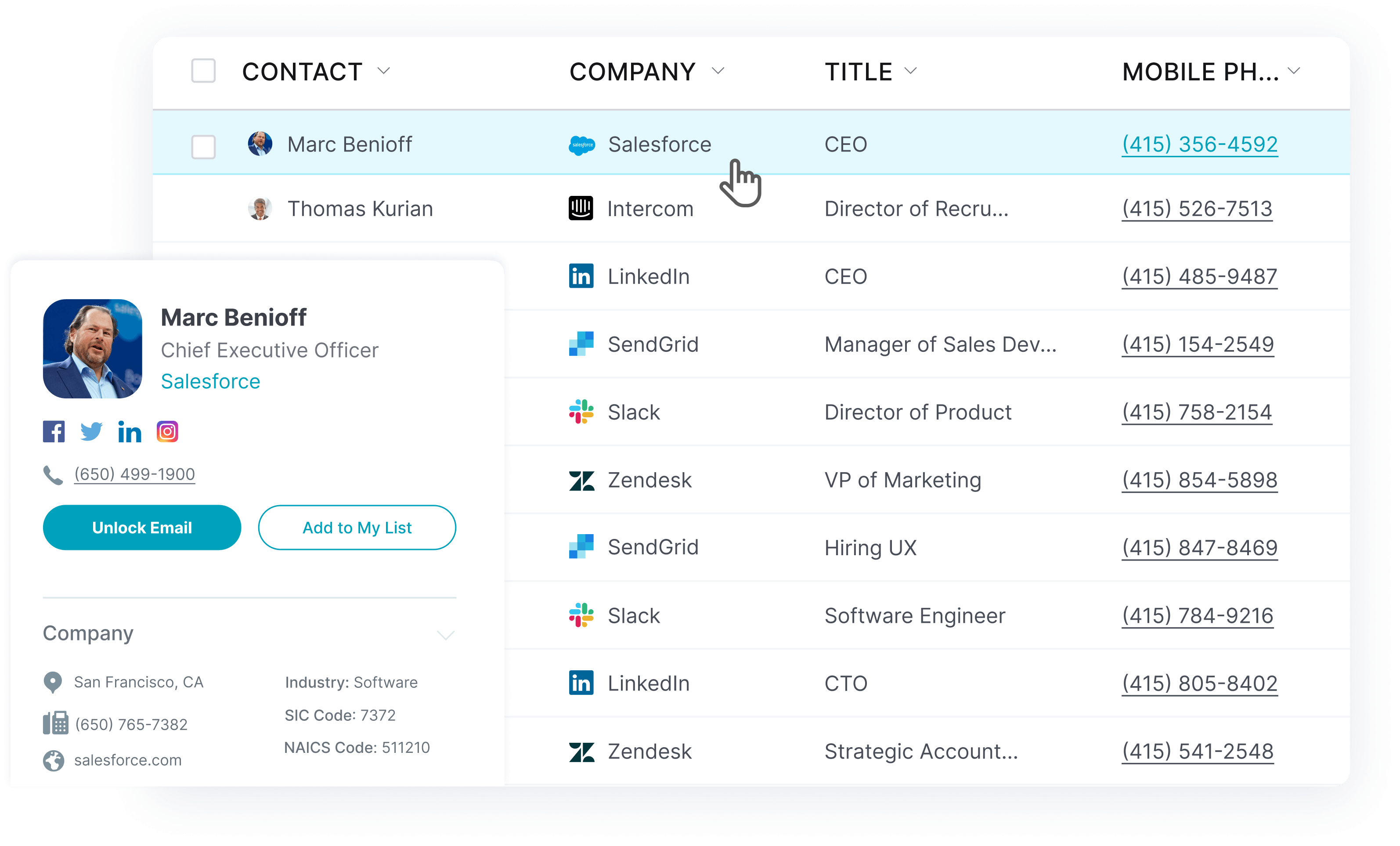
Lead Qualification Checklist You Can Use for Every Prospect
Your lead qualification checklist should help you determine whether a potential lead fits your criteria for an ideal customer.
Here are a few key questions every lead qualification checklist should have…
1. Is the lead truly interested in purchasing?
Although this question is basic, it isn’t always easy to answer. Sometimes, even the most qualified leads aren’t interested in finalizing a purchase. Maybe they only wanted a free eBook or wanted to keep up with news and insights via an email subscription. Or they need your solution but aren’t ready to make a purchase yet.
So how can you find out if someone is truly interested in buying?
By asking. It’s that simple! Probe their interest by asking these kinds of questions via phone, email, or online chat:
- Are you looking to purchase our solution?
- Can I help you define which pricing plan is right for you?
- Are you interested in learning more about our solution?
The lead isn’t qualified if the answer to these questions is “no” or if they don’t reply to a few follow-up emails.
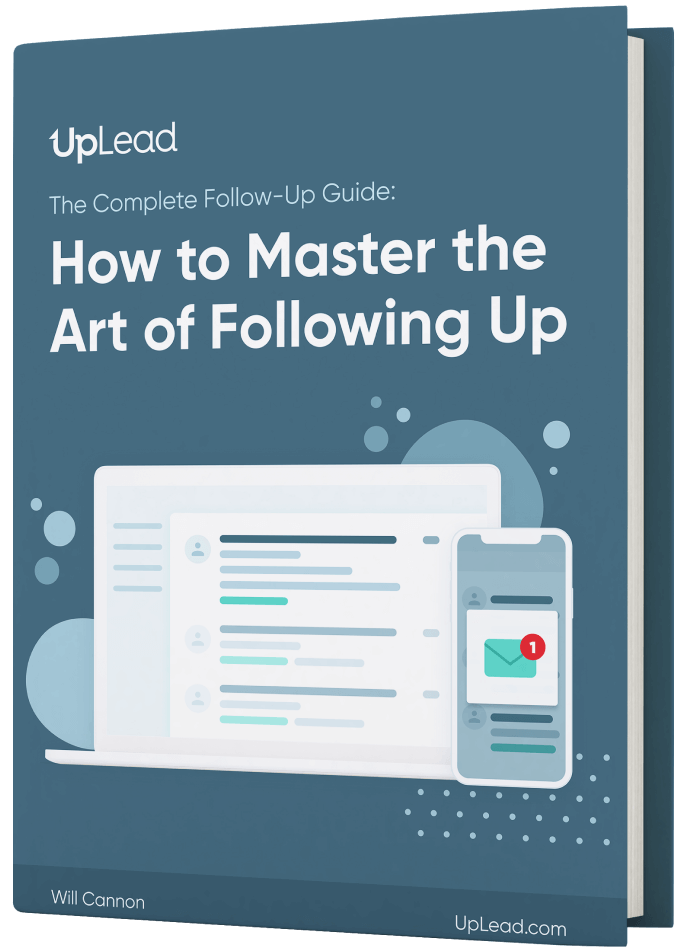
2. Do they need my solution?
When trying to sell something, you may think you should qualify leads who are looking to buy. But some people who want your solution don’t need it. And sooner or later, they’ll realize they don’t need what you’re selling. If so, you’ll eventually get a rejection, a return, or bad reviews.
So, include questions like these in your lead-scoring process:
- What are your current goals?
- Which obstacles are preventing you from achieving them?
- What are you currently doing to overcome them?
Once you know your lead’s needs, you can define whether your solution is right for them.
3. Can they afford what I’m selling?
The answer to this question isn’t always easy to find out because money can be such a sensitive topic. Some leads may even consider it rude to bring up their finances at all. So knowing how and when to ask is a key way to pinpoint whether your solution fits their budget.
To find that out, you can ask these kinds of questions:
- Which product or service are you currently using?
- Do you consider them to be fairly priced?
- What price range would you consider to be fair?
When accompanied by firmographic data and customer profiling software, these questions can give you a fairly accurate idea of their budget without asking for it.
4. Is now the best time for them to buy what I’m selling?
Even when a lead needs your solution, they may not be ready to purchase it today. But they may be ready to complete a purchase someday. That’s why segmenting your leads and knowing where they are in the sales funnel are vital to ensuring you’re pursuing them at the right time. This will allow you to send your leads to the right sales or marketing team so they can nurture them based on their biggest pain point.
To find out whether they’re ready to purchase, you need to answer these questions:
- Where are your prospects in their buying journey?
- What’s their time frame for completing their purchase?
- What could prevent them from purchasing right now?
If they aren’t ready right now, make sure you note your estimation of when they’ll be ready to purchase in your lead qualification process. Then your sales team can continue the process at that point.
5. Are they the person with purchasing authority?
As we’ve already discussed, talking to the wrong person wastes time. But how do you perform lead qualification to ensure the person you’re talking to can purchase your product or service?
You can probe their purchasing authority with the following questions:
- Who usually decides which product or service the company needs?
- Who should I talk to about potential solutions to your company’s issues?
- Should I speak with anyone else?
Lead qualification tip: In large companies, there may be multiple stakeholders. So you need to make sure you’re both speaking with the right person and informing the right stakeholders who can actually buy your product or service.
Lead Qualification Software
If you want to pursue the right leads at the right time, you need the right software. This list covers the best options…
UpLead for Data Enrichment
With the UpLead platform, you can enhance your database of customers and leads with over 50 data points:

By using UpLead’s targeted list for B2B sales, you can upload all the data you have on your leads. Then you can pull it up whenever you need it—in the form of rich profiles. So you can personalize your sales pitch and act when the time is right.
With UpLead, you can also identify and narrow down new targets based on their current CRM type. So you can start figuring out their online tool’s budget without saying a word!
UpLead also guarantees that your data is valuable by automatically verifying email addresses, which reduces bounce rates and wasted time. That way, your marketing sales, and the team can ensure they’re contacting someone who’s interested in your product or services.
Start free trialAircall for Sales Conversations

Aircall is a cloud-based phone system made for customer support and sales teams. With it, your sales reps can get local phone numbers from 30 countries, which enables better engagement. And since it’s compatible with Windows, iOs, and smartphones, you can use it without an actual phone line.
Aircall has many great features, such as call recording, interactive voice response, and call queuing. And it can integrate with most CRM systems.
Aircall’s phone service with three different billing systems can adjust to every business.
Salesforce for Lead Scoring and Lead Management

Salesforce is a famous cloud service that allows you to manage leads and customers, regardless of the size of your business.
Salesforce is great for sales management, sales and marketing automation, customer service, and lead management. It has different editions that can adapt to your needs and current tools.
The Outlook edition allows you to synchronize both platforms’ tasks, events, emails, and contacts. The Enterprise edition is even better for lead management since it has call scripts, a business workflow, a team-selling functionality, API integrations, and different automation services.
Lead Qualification: Conclusion
Lead qualification is a very important part of your sales cycle. When lead qualification is carried out well, it can save you a lot of time and money, as it ensures you’re going after the leads most likely to convert.
If you have multiple leads and need to streamline your sales process, platforms like UpLead eliminate the busywork from your schedule, so you can spend more time trying to convert your qualified leads.
Start your 7-day free trial today!

